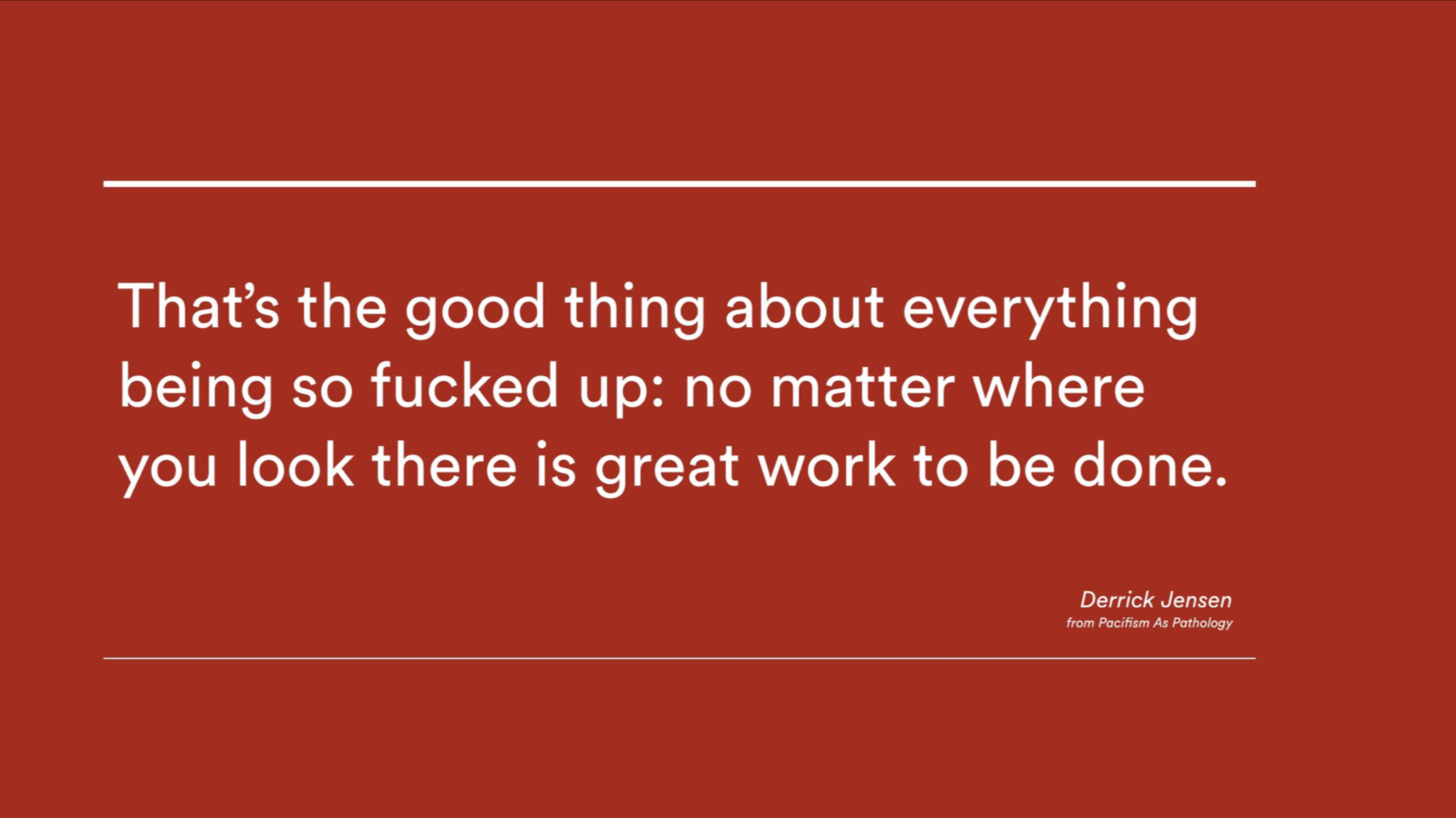
Editor’s note: What follows is a version of a talk given at the Online News Association’s annual meeting Friday by Heather Chaplin, director of the Journalism + Design program at The New School in New York, entitled “Crisis 2.0: Enemies of the People.” We’re happy to share it with you.
We’re here in Austin this week to talk about how journalism works online. We’re all doing this work because the internet — among other things — came along and uprooted the way journalism had been done for the last 100 years — which sent us spinning off into crisis.

We all know the basics. In the last ten years or so, we’ve lost almost half our newsroom staff and seen ad revenues drop by two thirds. And more than 1,000 local newspapers have been closed, combined, or torn apart.
We’ve found ourselves fighting for eyeballs in an attention economy that seems to feed on people’s worst and most extreme impulses and scrambling to understand fake news and misinformation and the intense lack of trust that seems to surround us.
I want to suggest, though, that there’s something changing in the air, something we can all feel. I’ve come to think of it as Crisis 2.0, and make no mistake, it’s an existential crisis.
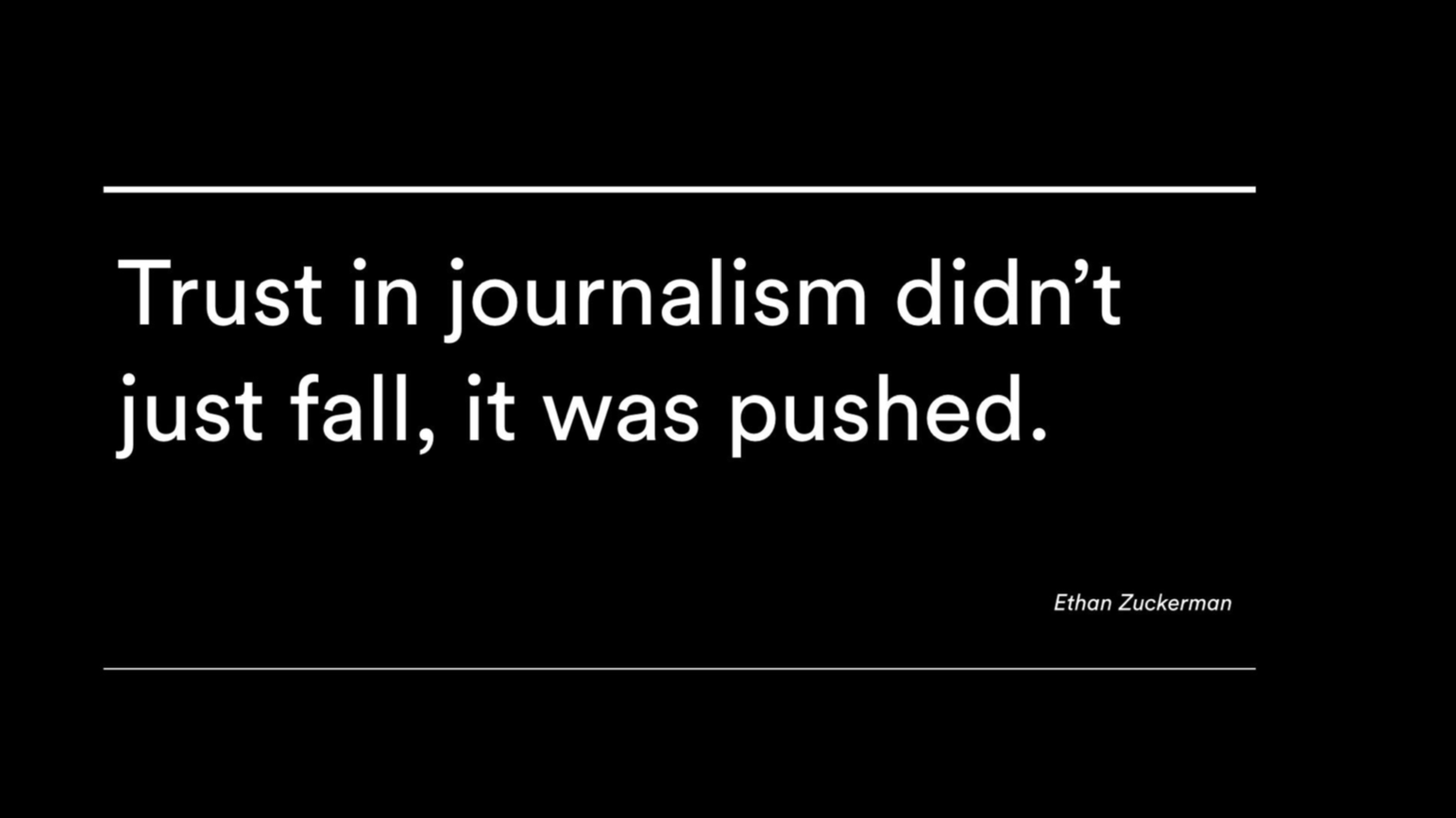
We cannot close our eyes to the fact that there is currently underway an intentional, politically motivated attempt to delegitimize the press. And we have not begun to digest how different of a problem this is.
The disruption that was the internet shook up all of media and publishing. If newspapers had collapsed then, it would have been, in some sense, a side effect. A matter of being left behind. Now, in Crisis 2.0, journalism itself is the target. The conditions are being set not for the end of the newspaper business, but for the destruction of the very notion of a free press.
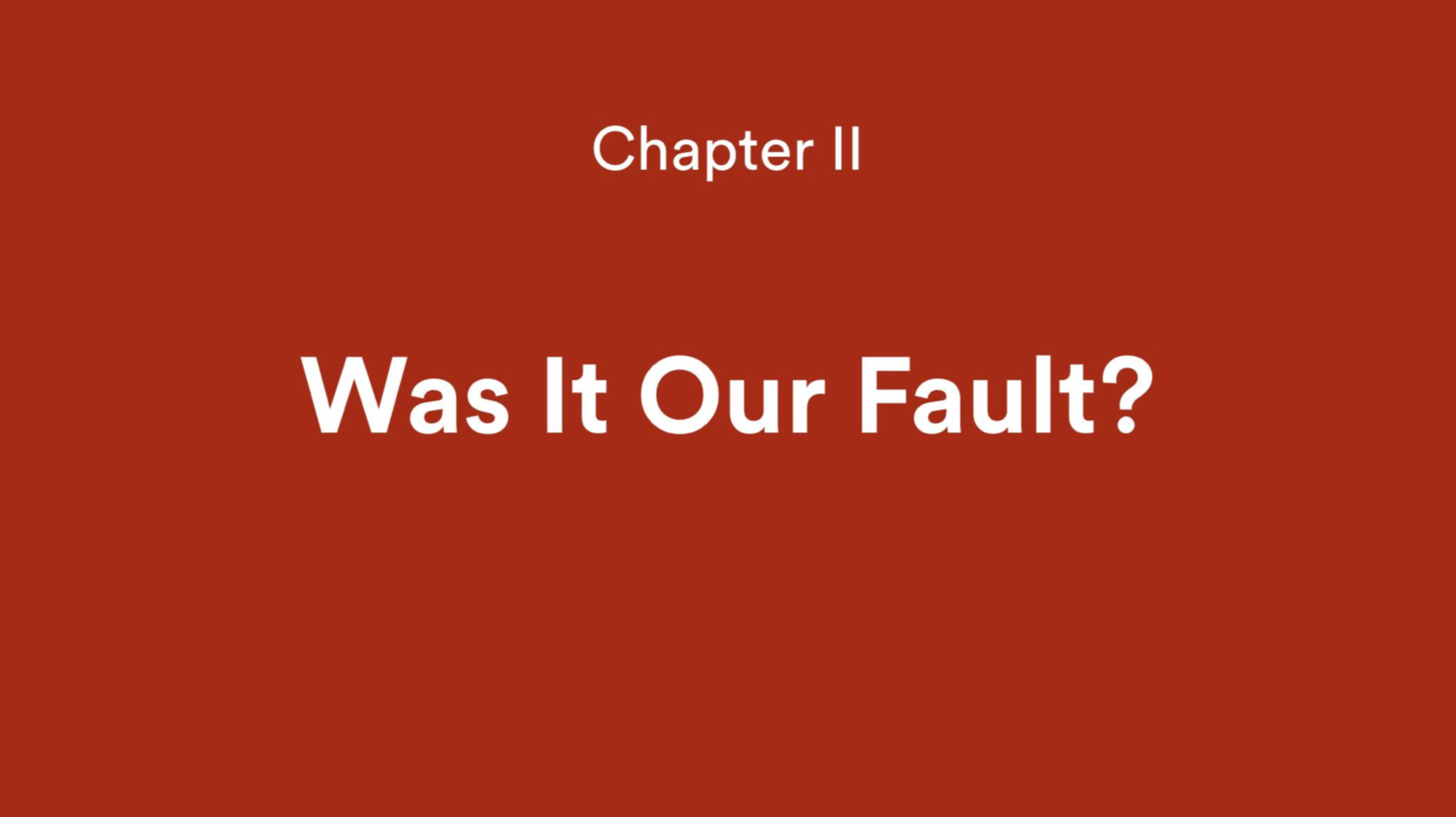
Undoubtedly all these things are related.
Turned out the internet was a kind of vector. Once our business model became to target and mine people’s attention — which is how things work online — a blind race to the bottom ensued. Turns out what keeps people’s attention doesn’t necessarily have anything to do with what’s true — turns out what’s most compelling is conflict, extremism, and outrage. And finding others who share your prejudices, whatever they may be. For every #blacklivesmatter, we seem to have a dozen right-wing extremist groups
We’re getting used to the waves of hysteria passing around the world causing not only intense tribalization and ill-will…but blood shed. Those are Rohingyas in Myanmar being shot.

Turns out tearing down barriers to publishing led not so much to a democratization as a mob-ifiction.
And yes, with the best intentions in the world, we’ve been part of it. We’ve contributed to the hysteria, the polarization.

It’s like a Catch-22. In trying to win eyeballs — even for a good cause, for journalism — we’ve become caught in what Tristan Harris calls the race to the bottom of the brain stem. And it turns out that people’s lizard’s brains are not always fond of people who insist on reality. We were doing what we had to survive, but without meaning to, we’ve helped lay the groundwork for our own destruction. We’ve helped fuel the model where grabbing people’s attention at all costs is what matters most.
I don’t say all of this so we can beat ourselves up. The reason I even raise the point is to try and show that we’re caught in a vicious cycle. If we just keep doing what we’ve been doing, we’ll just keep going round and round until we’re spun ourselves right out of existence.
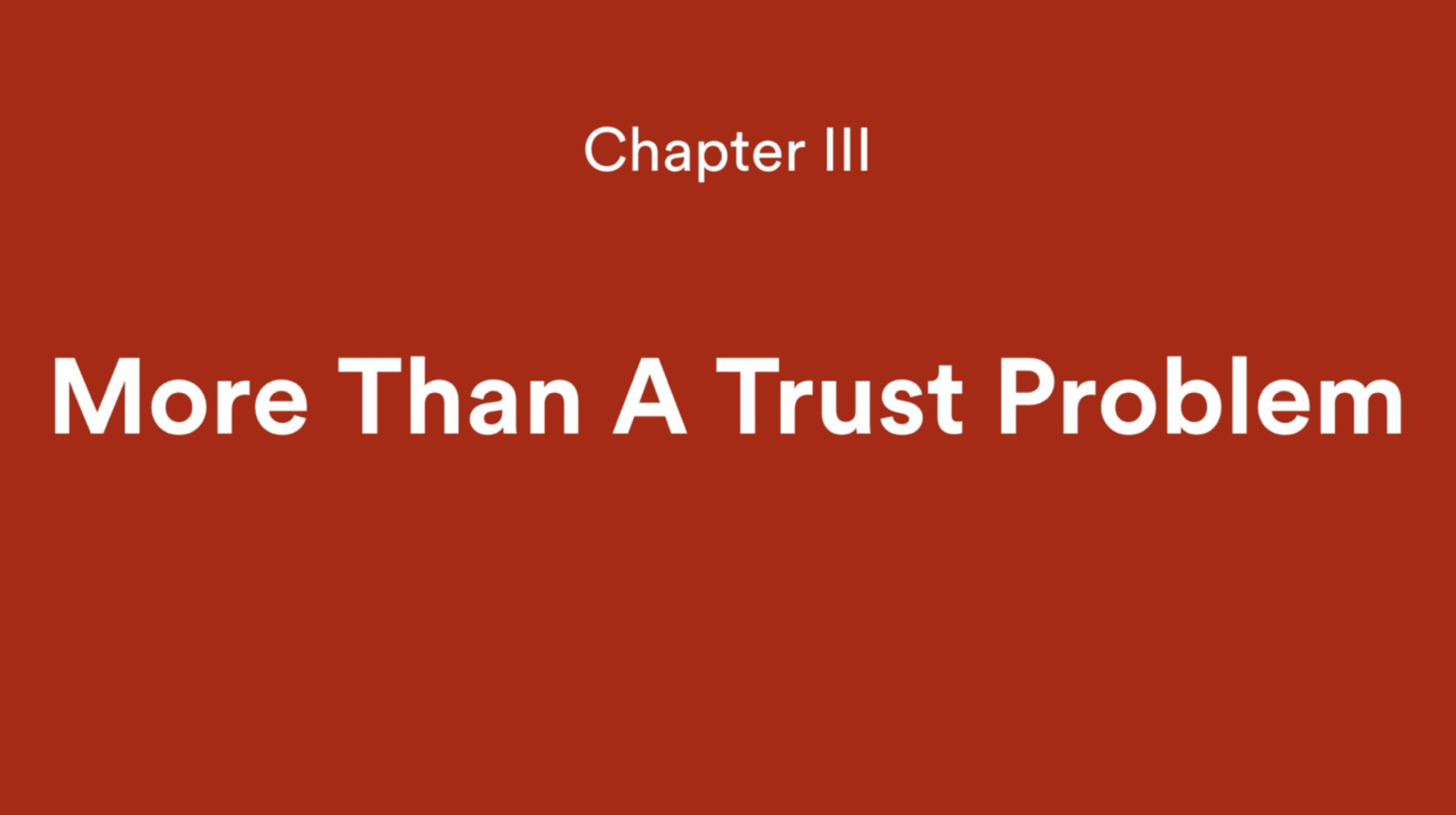
People have dubbed these times the post-truth era. And it’s true, things have gotten pretty weird.

Our president says his inauguration was the biggest ever. That’s his on the left, that’s Obama’s on the right. And then our president ordered the photos to be cropped, to cut out all the empty space.
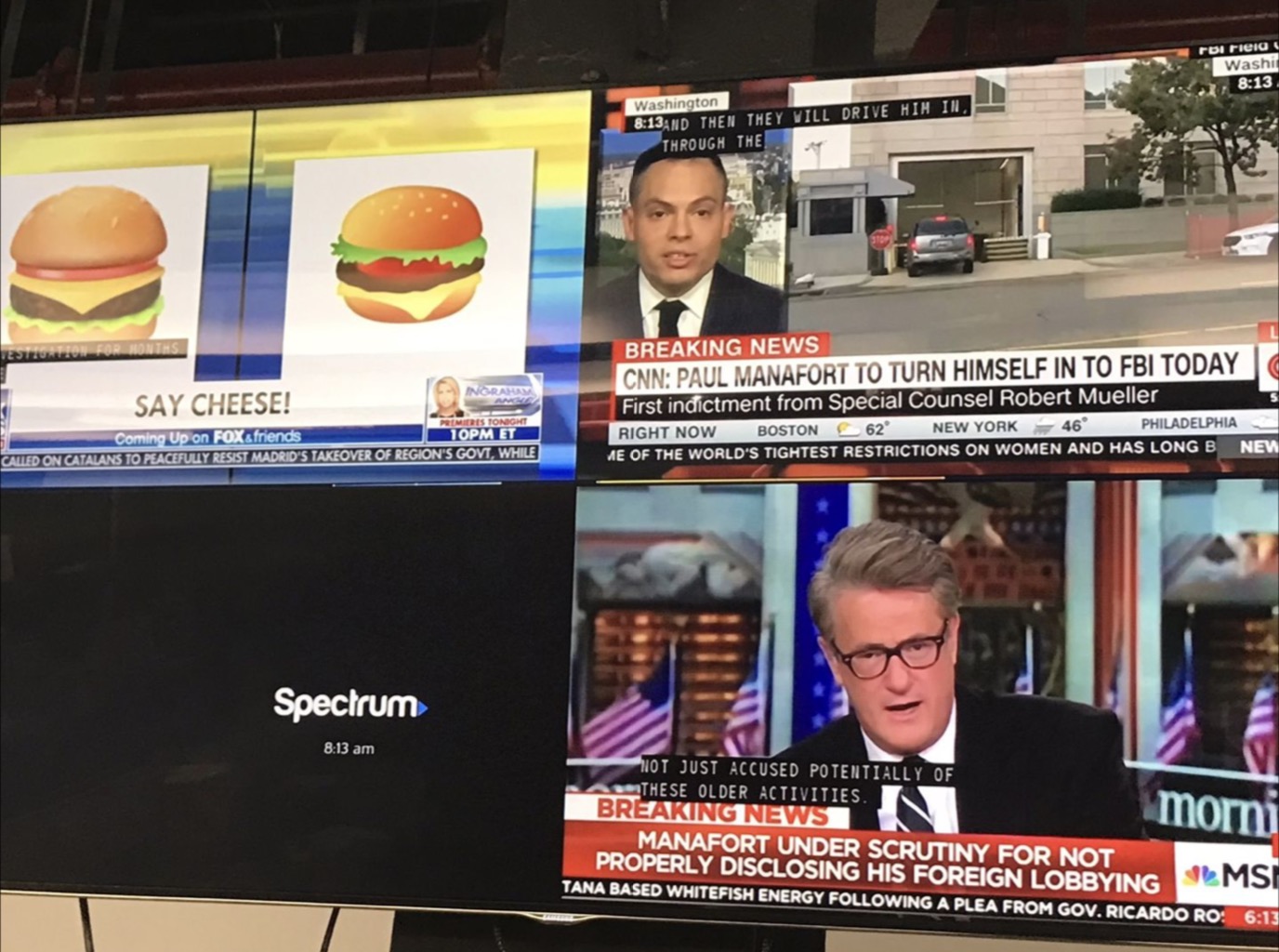
Or hey, if you were watching Fox News the day the Mueller indictments were handed down, you would have learned a lot about the new hamburger emoji coming out.
It’s not that ideological faux-journalism is new, or that presidents haven’t lied through their teeth before, Rather, it’s that more and more people seem not to care whether something is true or not.
A lot of people frame this as a trust problem. People don’t trust the media, they say. I think it’s much more than that.

And what I said about journalism before, unintentionally helping give rise to an economy serving our worst instincts: Well, we all know other people have gotten in on the action too, for more nefarious reasons. Every era has bad actors, people eager to exploit other people for their own benefits, to cheat, who are willing to violate normal ethical codes. But boy, what an opportunity the internet offers.

It’s a breeding ground for fascists. And what we’re seeing is totally classic — straight from the fascist playbook: I’m paraphrasing Yale philosopher and author of How Propaganda Works Jason Stanley here, but the strategy is you hammer away at facts, and challenge their legitimacy until people finally just give up and throw up their hands and say, ah well, there’s no way of knowing.
But the problem is that without facts to ground us, without shared truth to bind us to one another, you really end up with a kind of anarchy. “The center cannot hold.” And in times of intense confusion and fear, people are easily preyed upon. This is how fascism works. It’s all about the amygdala! It preys on people’s most primal emotions: their angers, their disappointments, their insecurities. And also their longing to belong, to be part of something bigger — which then causes them to turn, in hope of solace, to the very fearmongers fanning their anxieties.

Goebbels said the Nazis would have won if they’d had TV. Imagine what he would have thought of the social web?

I’m not about to suggest that we stop fighting for people’s attention — that would be madness. Obviously, we have to be out there, working our hardest to keep journalism in the flow of things. In fact, let me take a minute to stop and salute all of you here, who are working so tirelessly on this. I know how hard it is, and sometimes how thankless.
My point rather is that there are other things we absolutely must be doing as well. We need to build a journalism of resilience.
Ok, we’ve all heard that word, but what does that mean? Well, resilience is a word that comes from the Latin “to spring back.” It means the ability to withstand or recover quickly from trauma. It’s holding on to your essential shape even if you’ve been bent out of shape. It’s the opposite of something brittle, which breaks when you strike it.

Take the human body — it’s an amazingly resilient system. If I get a piece of sand in my eyes, the eyeball doesn’t drop out — it waters and flushes away the sand. If I breath dust, I produce mucus. And so on and so on, up to more serious threats. If I get an infection, my body responds with discomfort to signal to me that something is wrong, my white blood cell count rises, and I get a fever, which does its best to kill the infection. And no, it’s not foolproof — people die from accidents and illnesses all the time. There’s no antibody for, say, a bullet. But the fight the body puts up to stay alive, the resourcefulness, the resilience — that’s the thing.
And what always amazes me about this — the invasion of antigens and the way antibodies rise in our defense, which is what you’re seeing up there — is that the particular antibodies you need at any given time, don’t just sit around in your body waiting. Rather, your body has the tools and processes waiting, to make the right antibodies depending on the nature of the threat.
It’s a system designed to be resilient.
So what can we learn from this? How can we begin to activate the tools and processes we have in journalism to start producing the antibodies we need. And I don’t think this is like asking a body to fight a bullet. The antibodies to authoritarianism should be there in journalism’s DNA. This is hardly the first time in history the press has been challenged. The press is always the first thing authoritarian regimes try to get rid of. And if you look back through history, you find that journalism has produced all different kinds of antibodies to survive different threats. What I’m suggesting, then, is that the cure lies within us, if we have the will and the imagination to develop it.


Or here’s another way to think about it. Have you ever heard of a rhizome? It’s an underground root system that is essentially decentralized. There’s no central starting place. Plants spring up all over, but all growing out of one common root system. And if you hack off a flower in one place, it doesn’t kill the whole thing — another will spring up somewhere else.
Could we think of journalism less like a tree — because as strong and beautiful as trees are, if you cut one down, it’s dead — and more as a rhizome? Where if one growth dies the rest are still there, and more will come up? It’s a more resilient system.

Here’s another image of a rhizome system, a man-made one: This is from an architecture project called “Graffiti Rhizome.” The author was looking at the contexts that allow graffitti to flourish.
What I like about this image is that it’s not made up of lots of discrete pieces of graffiti. Rather, we’re looking at graffiti as a whole — as a system that exists within its environment.
What if something like that was part of our mental model of what journalism is? What if we could think of ourselves as not only members of the particular news outlet where we work, but as a whole — as something more like the green in the picture above.
Because journalism is not The New York Times, or BuzzFeed, or the Miami Herald. When you strip everything down to its essential function, journalism is a system for collecting, synthesizing, verifying and distributing news. Everything else is just form. There have been times when journalism was people reciting the news from memory in the market square in ancient Rome. Or in 18th century America, pub owners kept books at the end of their bars for visitors to write down what they’d seen on their travels.
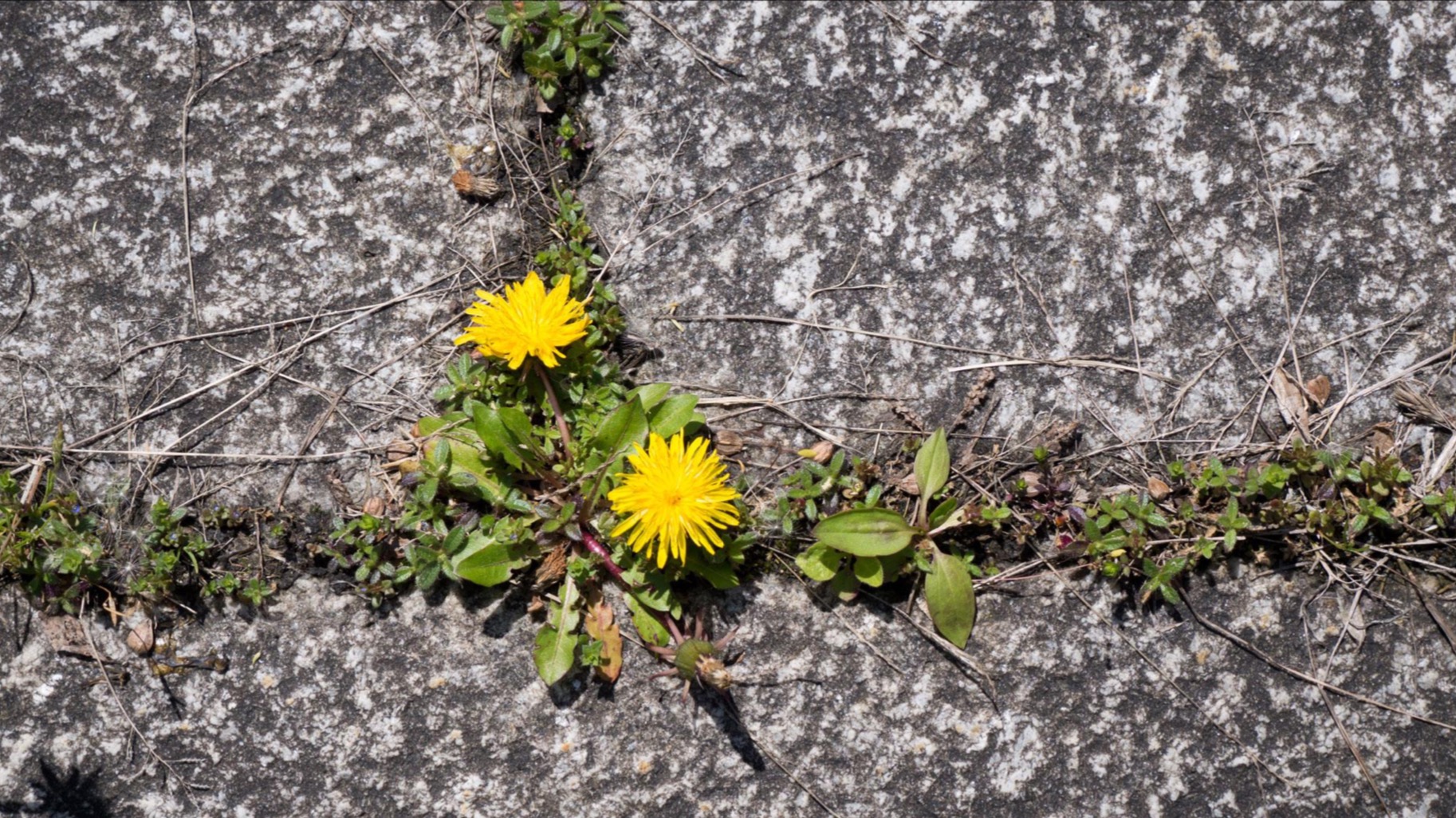
So in a way, yes, I’m suggesting we think of journalism more as a humble weed than a noble oak. Can we hone our ability to pop out in unexpected places wherever we possibly can? Not just in gardens, but between cracks in the sidewalk.
What might this actually look like? Well, I don’t know. But let me throw out some examples. First of all, we should not forget some things that are a bit old now. The collaboration between The New York Times, The Guardian, and other papers behind the Panama Papers and WikiLeaks. ProPublica! We think of ProPublica as part of the establishment now, but it was radical — it was built on collaborations between organization that a generation ago would have been unheard of. Sharing resources is a great way to build the general resiliency of the whole system, while still being good for the individual outlets.
Or here are a few, more radical ideas. I’m part of an experiment right now where we’re working with a couple of community organizers in different cities who are identifying potential leaders in their neighborhoods, and we’re giving those folks some basic journalism training so they can help fulfill the function of journalist in their own neighborhoods. Then we’re working with professional outlets in the areas and connecting them to each other. The idea is to cultivate informal networks of journalism— and see what new kind of relationships can grow between informal and formal networks.
I’m fascinated by this question: the untapped potential of UPS drivers, or folks in barber shops, nail salons, local coffee shops. People who are trusted in their community and fulfill some of the function journalists do of spreading important information. I’m not saying they should replace professional journalists! I’m saying we should see where else in the larger system the journalistic function could be fulfilled.

Or take Sarah Alvarez’s work. She’s a former civil rights lawyer who now has a one-woman show in Detroit called Outlier Media. She does serious reporting on, say, housing, or other local issues, and then distributes the work to people via text.
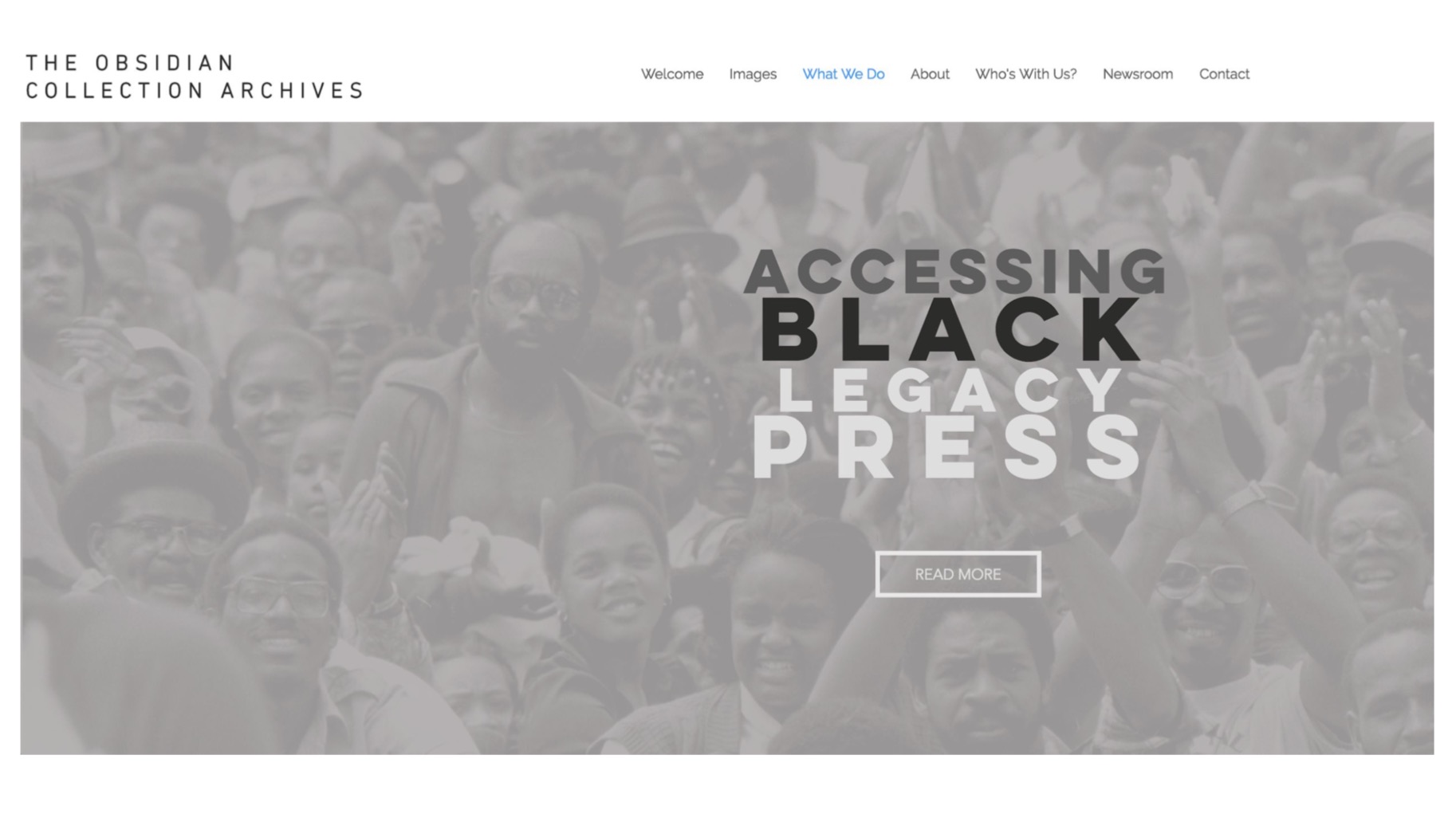
Or Angela Ford, who runs something called the The Obsidian Collection Archives, which is trying to address the issue that many historically black newspapers are not digitally archived — which means they don’t appear in internet searches, which means important African American news and stories will not be part of our larger cultural awareness.
I’m not saying any of these things are The Answer, or should replace professional journalism. They’re just examples of seeing journalism as a bigger system that can produce lots of different offshoots.
Because we can’t afford to wait and see if our remaining local newspapers survive, or survive in a robust enough way to meaningfully fulfill their journalistic function. And that’s an important point. Many people say this is a golden age of journalism, with more great work happening than we know what to do with. And that’s true. But if all that great work doesn’t have impact — because the context around it is such that people have ceased to believe that facts matter, or they just don’t see it in the first place, because half the country is plugged into Fox News — than we’re not fulfilling our function, no matter how much good work we’re producing.
So I throw these examples out, not as The Answer, but as an example of a less centralized, more rhizome-like model of journalism.
It requires a different mind set, I know. We’ve gotten a lot better at seeing other news organization as potential collaborators rather than just competitors for sure — but I’m suggesting that we take that idea much further.
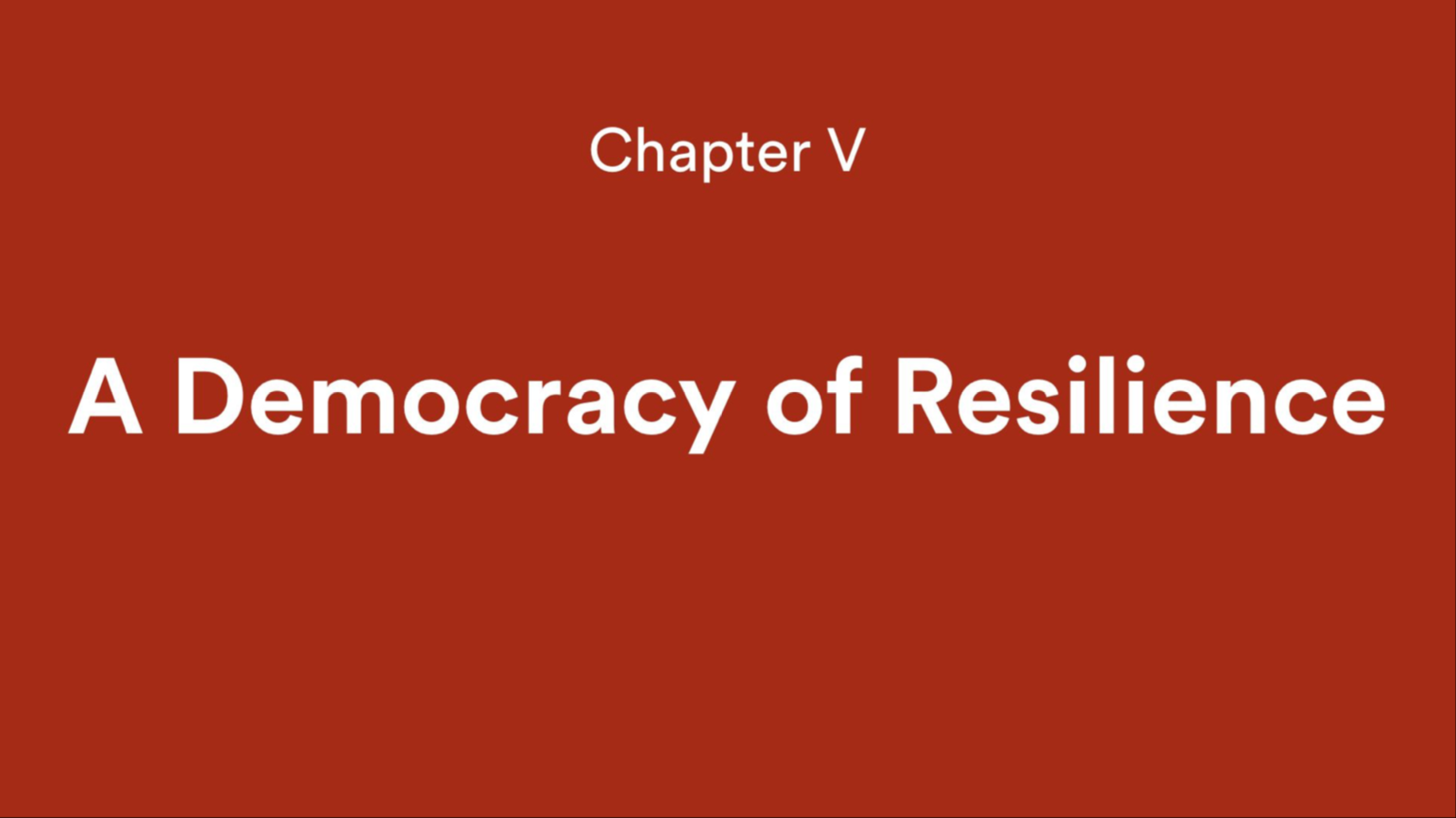
What happens if we keep zooming out our focus? We’ve pulled back from just individual news organizations to the system of journalism itself. What happens if we pull back again and begin to see journalism as just one system embedded in a bigger system: the system of democracy, that crazy idea that the people should rule themselves?
Our role in this system is to handle the news — while all around us other parts of the system do what they were put in place to do: the justice system ensures that all citizens are treated equally; public education provides critical thinking skills; our markets keep an equitable flow of income going to everyone; our voting laws ensure that it’s as easy as possible for all people to vote.

Oh wait, no, that’s not right. Actually, our public school systems are barely providing basic literacy: about 1 in 7 American adults would struggle to read a children’s book. In higher ed, students last year graduated with an average of $39,400 in debt. The top 1 percent of American households today controls more wealth than the bottom 90 percent combined. Our justice system puts African Americans in prison at five times the rate of whites.
And voting suppression and intimidation is everywhere — purges to voting rolls in Indiana, Texas repeatedly found guilty of discriminatory practices, gerrymandering everywhere turning Democratic votes meaningless. And Republicans are trying to pass a constitutional amendment that would require voters show a state-issued photo ID at the polls, which research, as well as common sense, tells us suppresses minority votes.
Do you ever stop and marvel how everything seems to be in crisis all at once? Or, as an African-American friend said to me recently, now everyone in America has a glimpse of what it’s like to be black.
It’s not a coincidence, of course. In the system of democratic society, all the parts are totally interdependent.
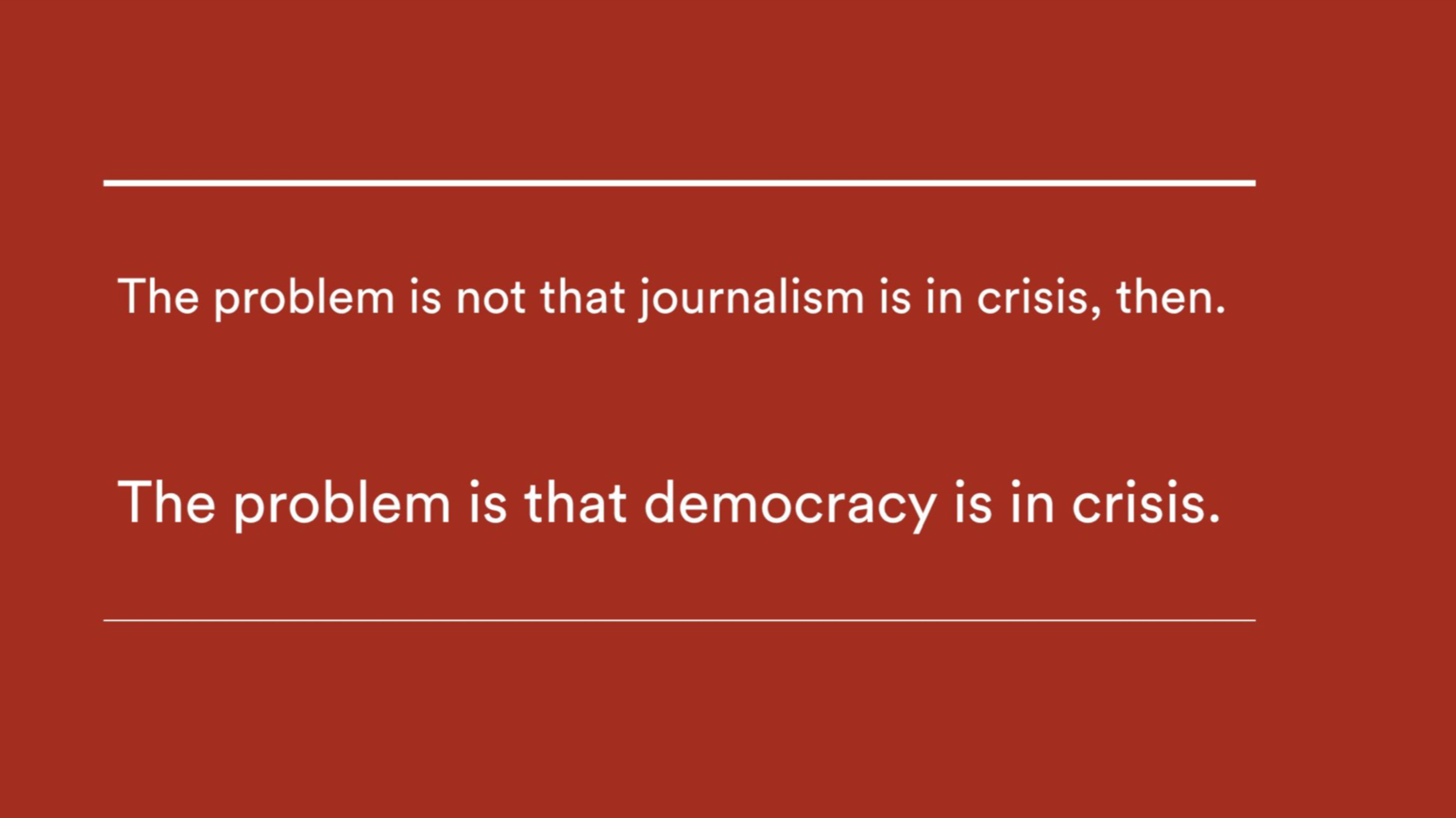
What all of this tells us, is that the problem, it turns out, is not that journalism is in crisis. The problem is that democracy is in crisis. The whole system is out of whack.
I know it might seem overwhelming at first to expand the boundaries of this crisis. We’re all already working as hard as we can to stay afloat. But the thing is: You have to know the real nature of the problem you’re dealing with to have any hope of developing an effective strategy for change.
The other thing is, if you’re willing to expand the boundaries of your problem, you’ll find yourself with an expanded space of possible fixes — fixes that don’t just come from the newsroom or groups that work with newsrooms. Suddenly, we may find strategic work to be done in the law, or in technology. We may ask ourselves: How do we influence cultural norms?
The key is to lift our heads up and look around.

Alone, I don’t know that we can survive this.
But if, even occasionally, we lift our heads up, stop staring at the narrowest definition of our problem, the one directly in front of us, we may see…that we’re not alone.
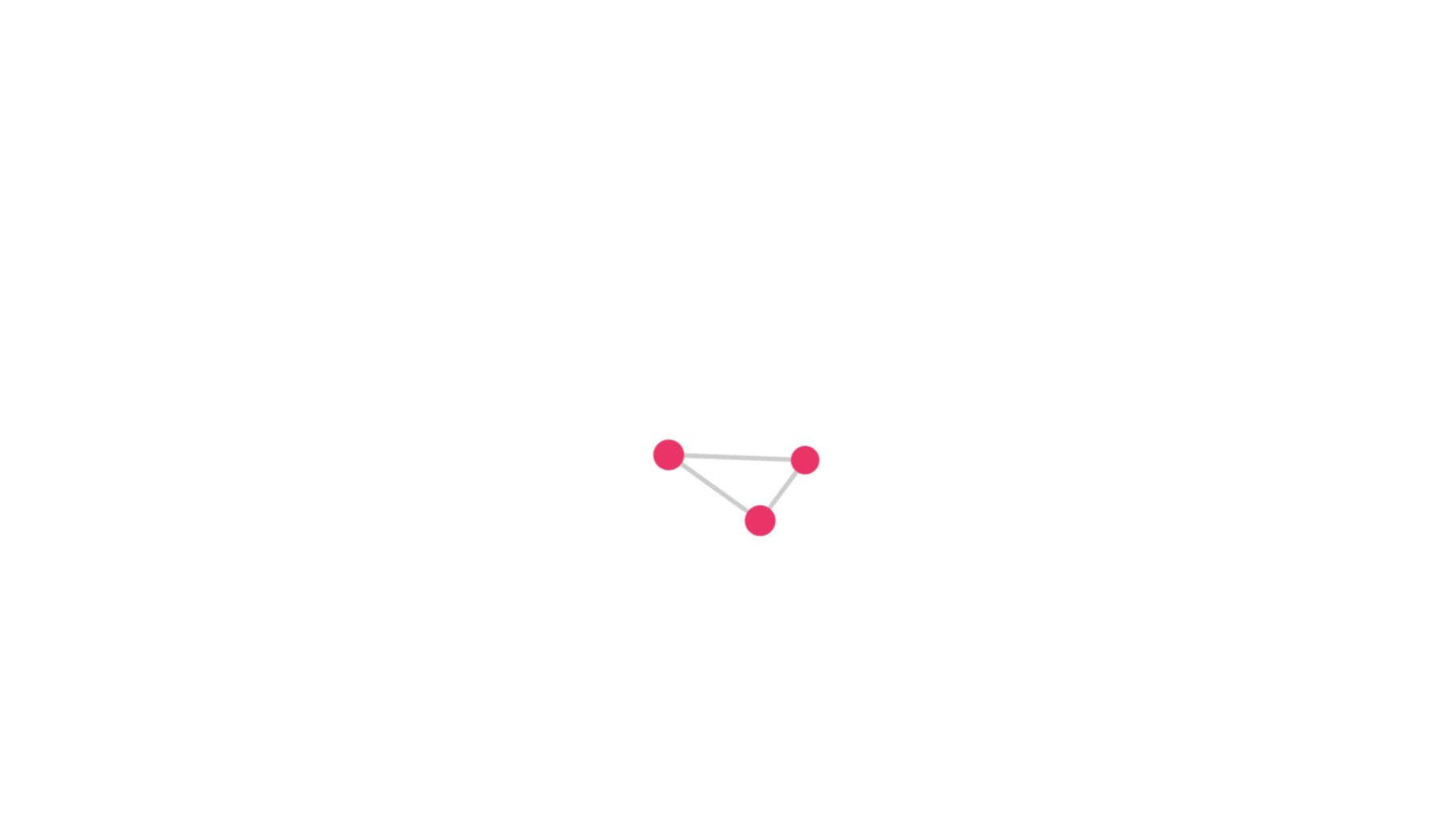
What if we thought of ourselves not only as journalists but as stakeholders in the larger problem of building and maintaining a resilient democratic system?
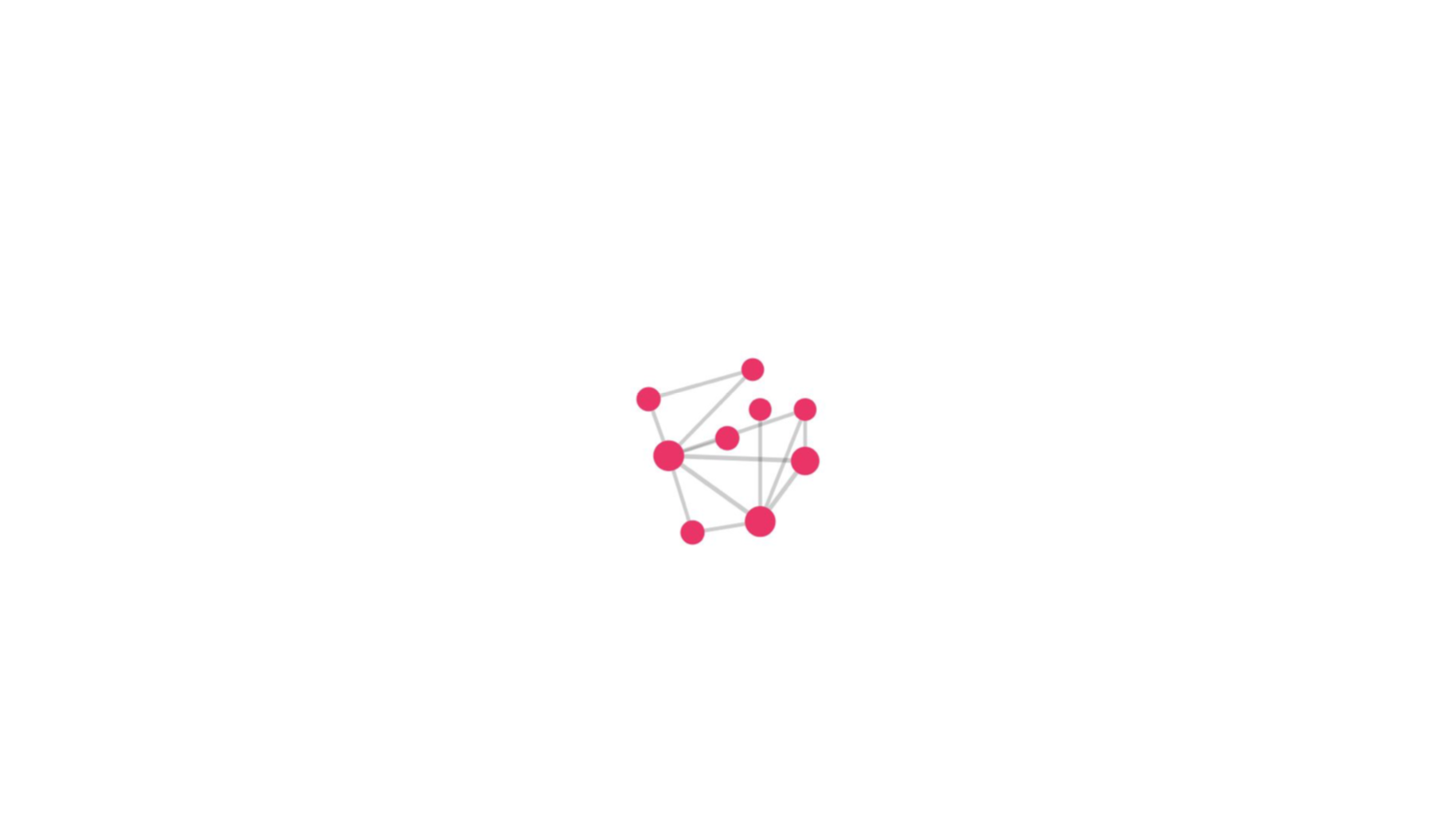
What if we realized that our struggles, financially, existentially, were part of a much larger struggle. If we opened our eyes and looked around not for the edges of our own field, but for allies, wherever they might be?
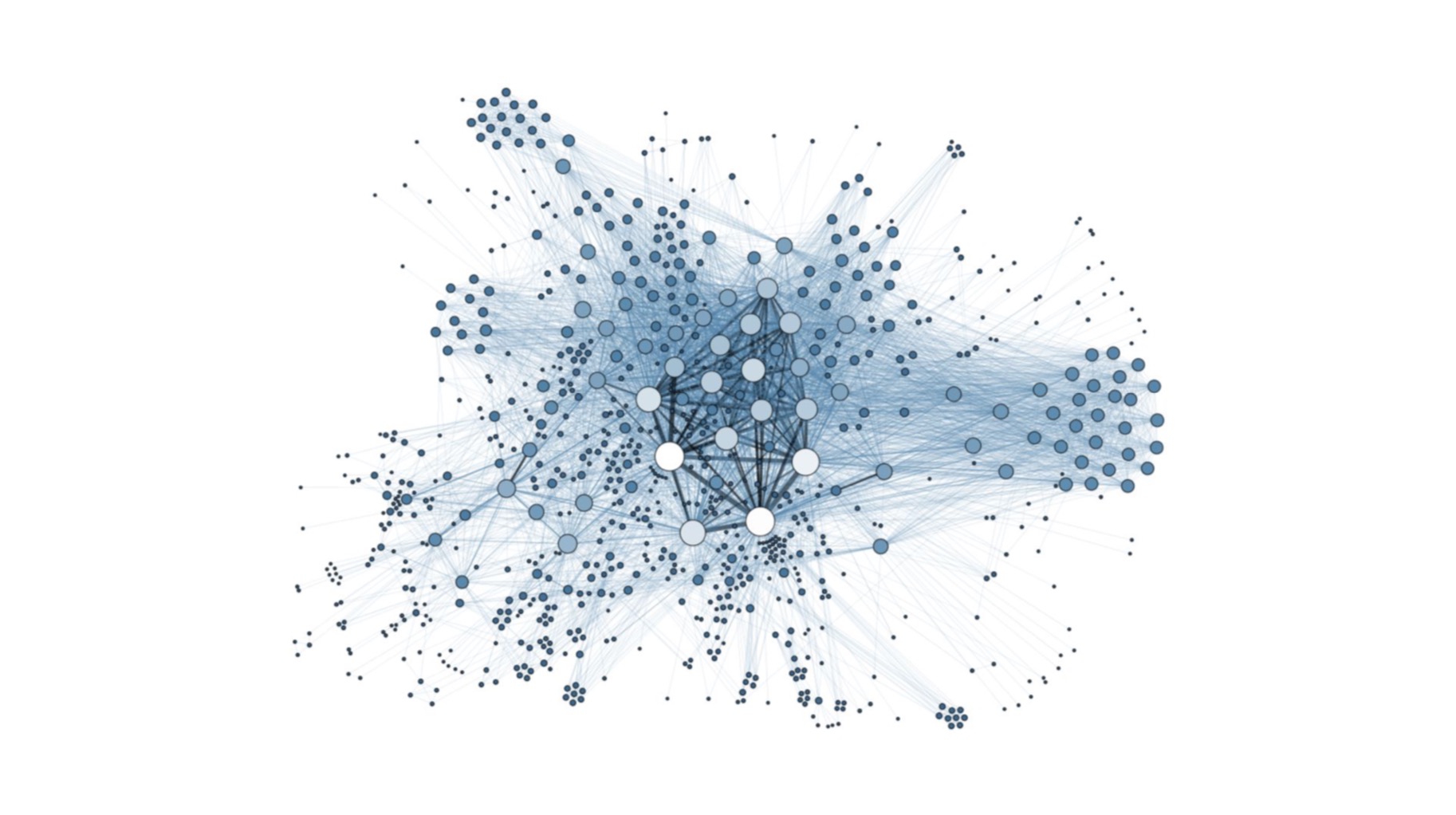
Maybe our allies are not just other news organizations, but people in education, voter rights, income equality, justice reform. And to be clear: I am not saying we become those people! I’m not saying we take sides in partisan arguments. Rather, I suggest that equal participation in a democracy is not a left-wing principle. It’s a democratic principle. Our allies should be liberal and conservative — the more the merrier. The organizing principle is wanting to build a resilient democracy and not slide away into authoritarianism.
The challenge will be to hold on to our integrity and our purpose even as we stretch ourselves into new shapes. If we’re truly resilient, we’ll be able to do this. That’s the point of resiliency: to hold onto the essence of your shape even if you get bent out of shape.
Because like it or not, we’re not just journalists anymore. We’re “enemies of the people.” Which we all know really means enemies of authoritarianism. The reality is, whether we meant to or not when we got into this biz, now, just by the act of being journalists, we’ve become part of a much larger pro-democracy coalition.
I suggest we own it.
